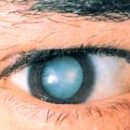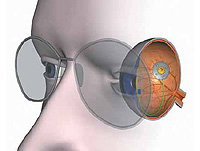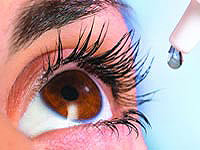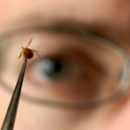Presbyopia is a violation of vision, occurring from the overwhelming majority of people in old age. At the same time, the eye crystal loses the ability to focus sight on close objects. Read more about the signs and treatment of Presbyopia in the article.
Content
Presbyopia, also known as short-hand disease, is a term describing an eye in which a natural lens does not accommodate. Accommodation is the ability of the eye to focus on one or another subject. It is based on the ability of the lens to change its form. At about 40 years of age, the crystal becomes less flexible, loses its ability to change the form and position, and the ability to change the focus is gradually lost. This is a normal process that is experiencing each.
Most people with normal vision in youth closer to 40 years old begins to pay attention to the difficulties in reading texts printed in small fonts. The font seems unconstant blurring. Eyes quickly tired. At first, the removal of the text for a greater distance from the eye helps most people. But in the end it turns out that without glasses (simple or bifocal) or contact lenses no longer do. This process can continue up to 65 - 70 years, which will be able to wear more powerful positive glasses or lenses. Some people with hidden hyperforms, the vision of the distance after 40 years is also worse. Surgical or laser correction may already be needed here. However, people with myopia weak and moderately do not notice the influence of presbyopia, as they see good.
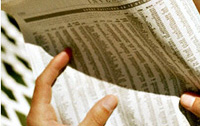 You should contact the eyepiece if:
You should contact the eyepiece if:
- It is difficult to see the details when working near
- Small text looks non-contrast
- Reading requires brighter and direct lighting
- To read the text, you need to take it to a long distance
- When reading the eye has to strain and they get tired.
Only a doctor can finally diagnose the diagnosis of Presbyopia.
Treatment of Presbyopia is simple, but completely depends on the age of the patient, lifestyle, profession, hobby. If the vision of the distance is good, and there are problems only with vision near, the easiest way to choose glasses for brief. In another situation, there will be bifocal glasses (with a correction for gave and short-lived) or two pairs of points - one for Dali, the other for a close. Another option is the so-called mono vision: one eye is configured to vision in the distance, the other - on vision near. This can be carried out by contact lenses or using a special operation.

